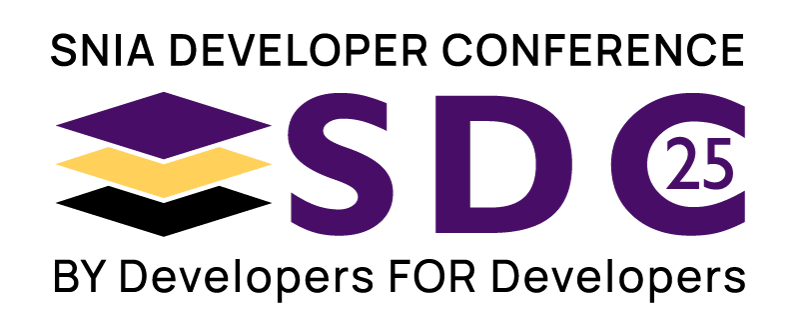
Towards Large-scale Deployments with Zoned Namespace SSDs

Salon V
Wed Sep 20 | 11:35am
Abstract
SSDs that support Zoned Namespace (ZNS) are increasingly popular for large-scale storage deployments due to their cost efficiency and performance improvements over conventional SSDs, which include 3-4x throughput increase, prolonged SSD lifetime, as well as making QLC media available to I/O heavy workloads. As the zoned storage hardware ecosystem has matured, its open-source software ecosystem has also grown. As a result, we are now emerging at a new stage that provides a solid foundation for large-scale cloud adoption. This talk describes SSDs that support Zoned Namespace s, the work of SNIA's Zoned Storage TWG to standardize ZNS SSD device models, and the quickly evolving software ecosystem across filesystems (f2fs, btrfs, SSDFS), database systems (RocksDB, TerarkDB, MySQL), and cloud orchestration platforms (Openstack and Kubernetes /w Mayastor, Longhorn, SPDK's CSAL).
Learning Objectives
- ZNS SSDs
- Emerging hardware & software eco-system for zoned storage
- Zoned storage cloud adoption



